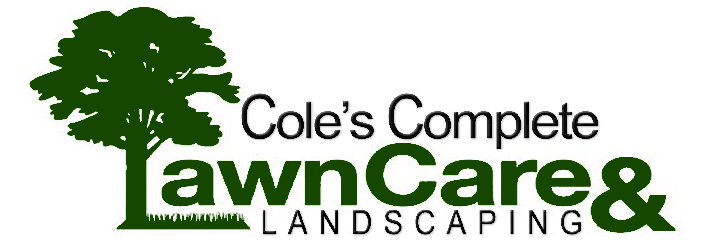

![]()
|
|
Lawnmowing HintsMowingOften delegated to the nearest teenager looking for extra cash, mowing might seem to be a necessary and goof-proof chore. But when you see the difference between a well-mowed lawn and one that's mowing-challenged, it makes sense to give your lawn the best possible trim. A properly mowed lawn grows thicker and has deeper roots, which makes it more durable and better equips it to combat weeds, insects and diseases. Mowing mistakes can show up in discolored grass tips, brown spots and even damage to the lawn. ScalpingAvoid letting grass grow tall and then removing more than 1/3 of the leaf blade. This approach is "scalping" and can damage the lawn. Mowing the grass extremely low can also damage the lawn by cutting into the crowns of the plants. Grass clippingsRecycle grass clippings on your lawn to reduce water loss, lower soil temperatures and return nutrients to the soil. Save the trouble of bagging and keep clippings out of our already-clogged landfills. In fact, many communities will not accept grass clippings in household trash. Furthermore, if the lawn is mowed frequently, clippings degrade very quickly and do not contribute to thatch build-up. How low to mowSelect the proper mowing height for your lawn. Measure the grass plants after mowing a very small area, then adjust your mower as necessary. Always mow your lawn at the recommended cutting height. Optimal mowing height in inches:
Know when to mowThe best guide on mowing frequency is the growth of your grass: plan on cutting off less than 1/3 of the grass blade in one mowing. Keep in mind that certain grasses, such as bermudagrass, zoysiagrass and centipedegrass, require close mowing to stay healthy. Allow these grasses to grow too high and their stolons and crowns tend to grow upright, promoting thatch development. |
|
|
|